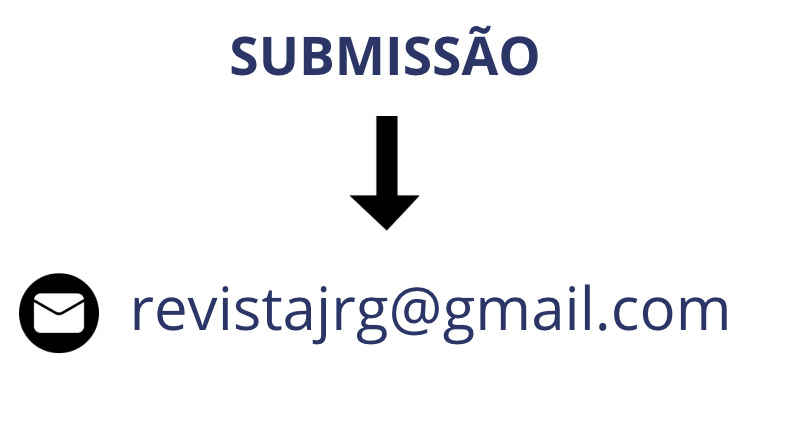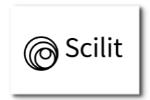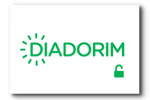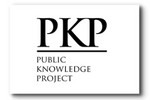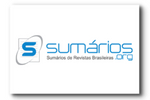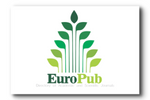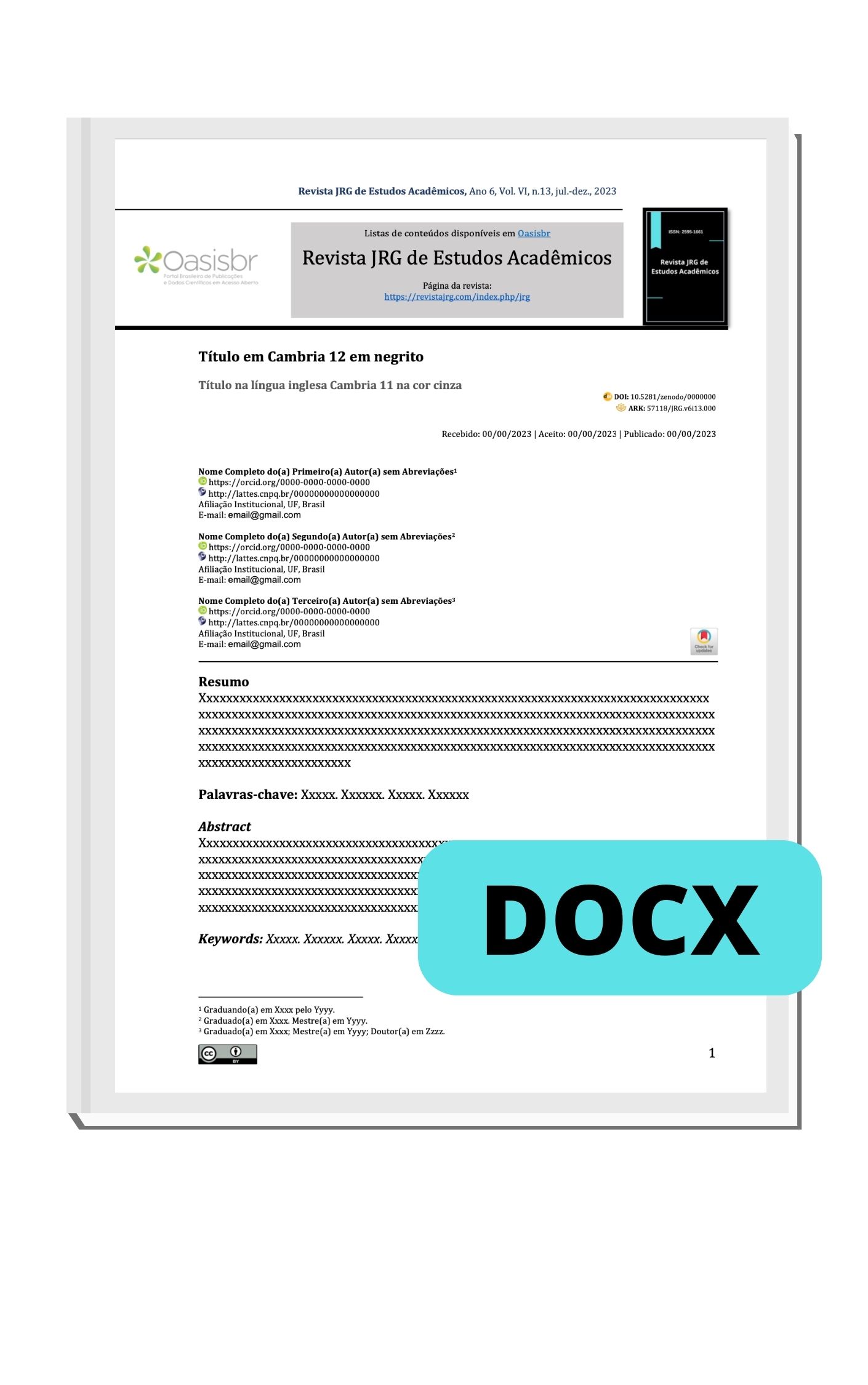Lactose in the pharmaceutical industry: properties and applications
DOI:
https://doi.org/10.55892/jrg.v8i19.2308Keywords:
Excipients, Drugs, Pharmaceutical formsAbstract
Lactose, a disaccharide composed of galactose and glucose, is the primary carbohydrate found in mammalian milk and is biosynthesized by the enzyme lactose synthase. Its physicochemical properties, including mutarotation, are influenced by factors such as temperature, pH, and solvent type, making it a compound of significant interest across various applications. In industry, lactose plays a crucial role in both food and pharmacology. It is extensively utilized as a pharmaceutical excipient, particularly in tablets and inhalation powders, owing to its ability to enhance drug stability, solubility, and flow characteristics. The commercial production of lactose involves whey crystallization, yielding either α-lactose monohydrate or anhydrous β-lactose, each possessing distinct properties suitable for different contexts. Furthermore, the reactivity of lactose's hydroxyl groups facilitates the synthesis of derivatives with therapeutic and prebiotic applications, such as lactulose and β-galactooligosaccharides (GOS), which have demonstrated benefits for intestinal health. While the safety of lactose consumption is well-documented, lactose intolerance, stemming from lactase enzyme deficiency, remains a substantial concern for a segment of the population. The stability of lactose monohydrates is critical for ensuring the integrity of pharmaceutical products; however, its reducing potential may necessitate considering alternative excipients in specific formulations or in cases of galactosemia. The global pharmaceutical lactose market is currently experiencing significant expansion, propelled by the growth of the broader pharmaceutical industry and continuous technological advancements, thereby solidifying lactose's position as an indispensable excipient in innumerous applications.
Downloads
References
ALLAN, Matthew C.; GRUSH, Erica; MAUER, Lisa J. RH-temperature stability diagram of α- and β-anhydrous and monohydrate lactose crystalline forms. Food Research International, v. 127, 1 jan. 2020.
ALZOUBI, Thamer et al. Stability of α-lactose monohydrate: The discovery of dehydration triggered solid-state epimerization. International Journal of Pharmaceutics, v. 604, 15 jul. 2021.
BELL, J. H.; HARTLEY, P. S.; COX, J. S. G. Dry Powder Aerosols I: A New Powder Inhalation Device. Journal of Pharmaceutical Sciences, v. 60, n. 10, p. 1559–1564, 1 out. 1971.
BERRY, Gerard T. Galactosemia: When is it a newborn screening emergency? Molecular Genetics and Metabolism, v. 106, n. 1, p. 7–11, maio 2012.
CHA, Jessica; RANWEILER, Joseph S.; LANE, Philip A. Stability Studies. Separation Science and Technology, v. 3, n. C, p. 445–483, 1 jan. 2001.
DA SILVA, Antonio Vinicios Alves et al. Presença de excipientes com potencial para indução de reações adversas em medicamentos comercializados no Brasil. Revista Brasileira de Ciências Farmacêuticas, v. 44, n. 3, p. 397–405, jul. 2008.
DOMINICI, Simona et al. Lactose: Characteristics, Food and Drug-Related Applications, and Its Possible Substitutions in Meeting the Needs of People with Lactose Intolerance. FoodsMDPI, , 1 maio 2022.
EMA - EUROPEAN MEDICINES AGENCY. Information for the package leaflet regarding lactose used as an excipient in medicinal products for human use. p. 1–24, 19 nov. 2018.
FIOROT, Ariadne Botto et al. Entecavir: stability and drug-excipient compatibility. Brazilian Journal of Pharmaceutical Sciences, v. 61, 2025.
FOX, P. F. LACTOSE AND OLIGOSACCHARIDES | Lactose: Chemistry, Properties. Encyclopedia of Dairy Sciences: Second Edition, p. 173–181, 1 jan. 2011.
GRAND VIEW RESEARCH. Brazil Pharmaceutical Grade Lactose Market Size & Outlook, 2030. Disponível em: <https://www.grandviewresearch.com/horizon/outlook/pharmaceutical-grade-lactose-market/brazil/reports>. Acesso em: 3 jul. 2025.
HASSAN, Laila K.; ABD-WAHHAB, Khaled G.; EL-AZIZ, Mahmoud Abd. Lactose Derivatives: Properties, Preparation and Their Applications in Food and Pharmaceutical Industries. Egyptian Journal of Chemistry, v. 65, n. 6, p. 339–356, 1 jun. 2022.
HEBBINK, Gerald A. et al. Recent developments in lactose blend formulations for carrier-based dry powder inhalation. Advanced Drug Delivery ReviewsElsevier B.V., , 1 out. 2022. Disponível em: <https://www.sciencedirect.com/science/article/pii/S0169409X22004173>. Acesso em: 23 abr. 2025
IPEC FEDERATION. IPEC Position Paper - Pharmaceutical Lactose used in oral preparations is a low-risk excipient. p. 1–4, 1 mar. 2021.
ISLAM, M. I. U.; LANGRISH, T. A. G. An investigation into lactose crystallization under high temperature conditions during spray drying. Food Research International, v. 43, n. 1, p. 46–56, 1 jan. 2010.
LACTALIS INGREDIENTS PHARMA. The benefits of lactose as an excipient. Disponível em: <https://pharma.lactalisingredients.com/2024/07/24/the-benefits-of-lactose-as-an-excipient/>. Acesso em: 23 abr. 2025.
LAURINDO, Ellen Elizabeth; BARROS FILHO, Ivan Roque de. Encefalopatia espongiforme bovina atípica: uma revisão. Arquivos do Instituto Biológico, v. 84, n. 0, 2017.
MISSELWITZ, Benjamin et al. Update on lactose malabsorption and intolerance: Pathogenesis, diagnosis and clinical management. GutBMJ Publishing Group, , 2019.
NGUYEN, Thai T. H. et al. Structure, morphology and surface properties of α-lactose monohydrate in relation to its powder properties. Journal of Pharmaceutical Sciences, 1 jan. 2024.
OECD. est No. 420: Acute Oral Toxicity - Fixed Dose Procedure. In: OECD Guidelines for the Testing of Chemicals. Paris: OECD Publishing, 2002.
PARKER, Stewart F. The distribution of isotopomers in crystals. Spectrochimica Acta - Part A: Molecular and Biomolecular Spectroscopy, v. 140, p. 462–464, 5 abr. 2015.
SANTO, Maria Henriques do Espírito. INSTITUTO UNIVERSITÁRIO EGAS MONIZ MESTRADO INTEGRADO EM CIÊNCIAS FARMACÊUTICAS EXCIPIENTES PRESENTES EM MEDICAMENTOS E ALERGIA À PROTEÍNA DO LEITE DE VACA: ANÁLISE DOS RCM. 2020. Disponível em: <https://www.google.com/url?sa=t&rct=j&q=&esrc=s&source=web&cd=&cad=rja&uact=8&ved=2ahUKEwjLhYGzpfGMAxXwIrkGHSXdMsEQFnoECCoQAQ&url=https%3A%2F%2Fcomum.rcaap.pt%2Fbitstream%2F10400.26%2F35103%2F1%2FSanto_Maria_Henriques_do_Esp%25C3%25ADrito.pdf&usg=AOvVaw0h2f_tNcJW-hv9sH4NnX5P&opi=89978449>. Acesso em: 23 abr. 2025.
Scopus - Analyze search results | Signed in. Disponível em: <https://www.scopus.com/term/analyzer.uri?sort=plf-f&src=s&sid=623a47784be5546ee59ccd70163547fe&sot=a&sdt=a&sl=72&s=TITLE-ABS-KEY%28lactose%2c+AND+excipient%2c+AND+dry+AND+powder+AND+inhalation%29&origin=resultslist&count=10&analyzeResults=Analyze+results>. Acesso em: 23 abr. 2025.
SHI, Chuting et al. Lactose in tablets: Functionality, critical material attributes, applications, modifications and co-processed excipients. Drug Discovery Today, v. 28, n. 9, p. 103696, 1 set. 2023.
STEFANI, Germana P. et al. Presença de corantes e lactose em medicamentos: avaliação de 181 produtos. Revista Brasileira de Alergia e Imunoptologia, v. 32, n. 1, p. 18–26, 2009.
STORHAUG, Christian Løvold; FOSSE, Svein Kjetil; FADNES, Lars T. Country, regional, and global estimates for lactose malabsorption in adults: a systematic review and meta-analysis. The Lancet Gastroenterology and Hepatology, v. 2, n. 10, p. 738–746, 1 out. 2017.
VERIFIED MARKET RESEARCH. Global Pharmaceutical Lactose Market Size By Type, By Application, By Geographic Scope And Forecast. [S.l.: S.n.].
XIAO, Yaqin et al. An overview on biological production of functional lactose derivatives. Applied Microbiology and Biotechnology, v. 103, n. 9, p. 3683–3691, 1 maio 2019.
YOSHIKAWA, Tomohiro et al. Evaluation of starch granules based on hydroxypropylcellulose as a substitute for excipient lactose. Journal of Pharmaceutical Health Care and Sciences, v. 10, n. 1, p. 1–6, 1 dez. 2024.




